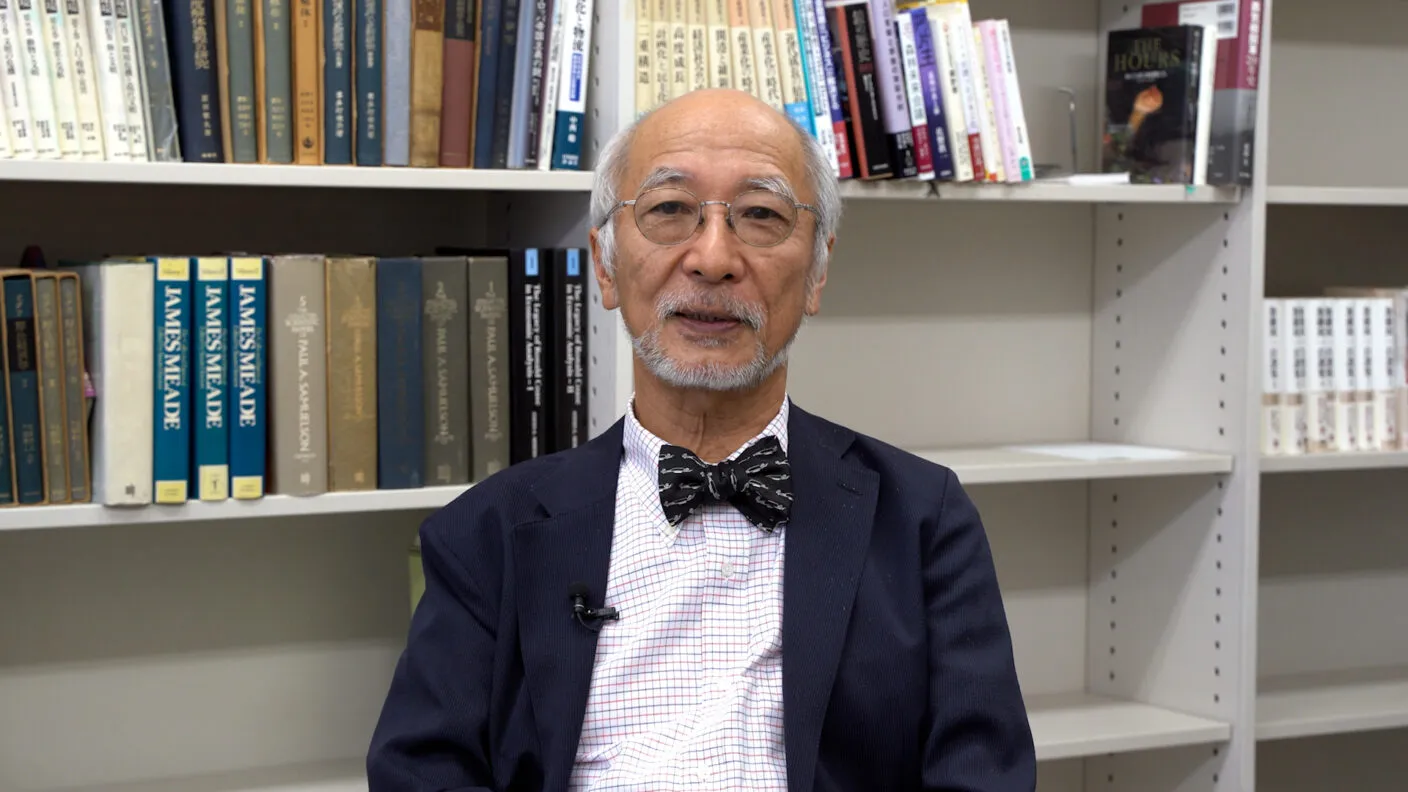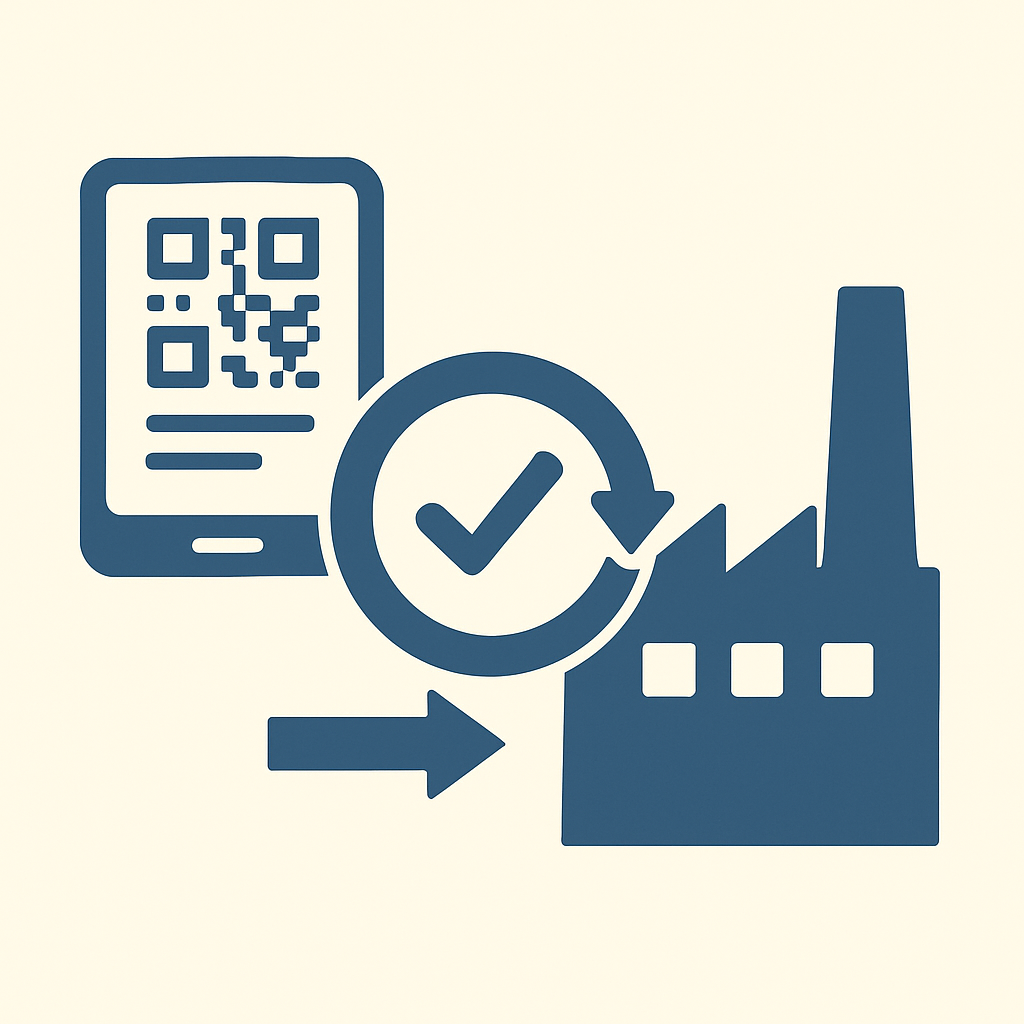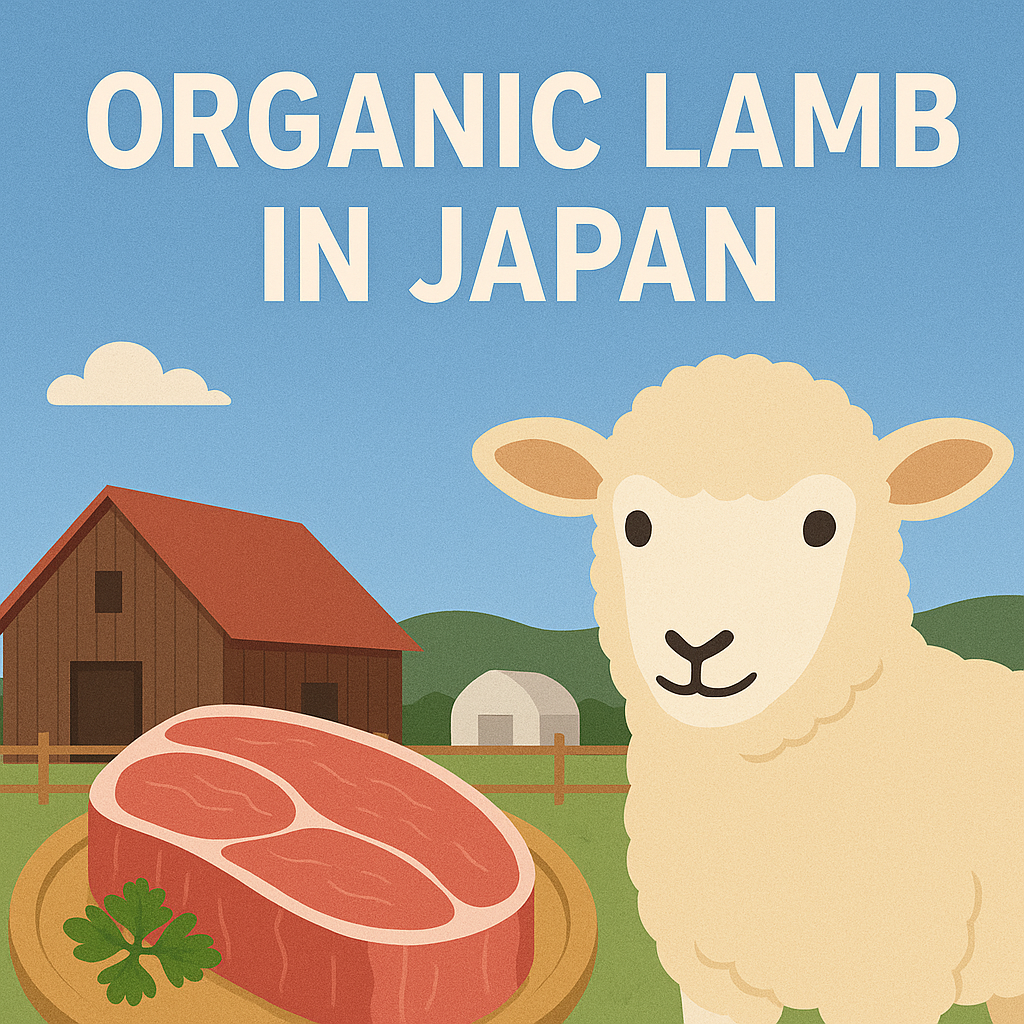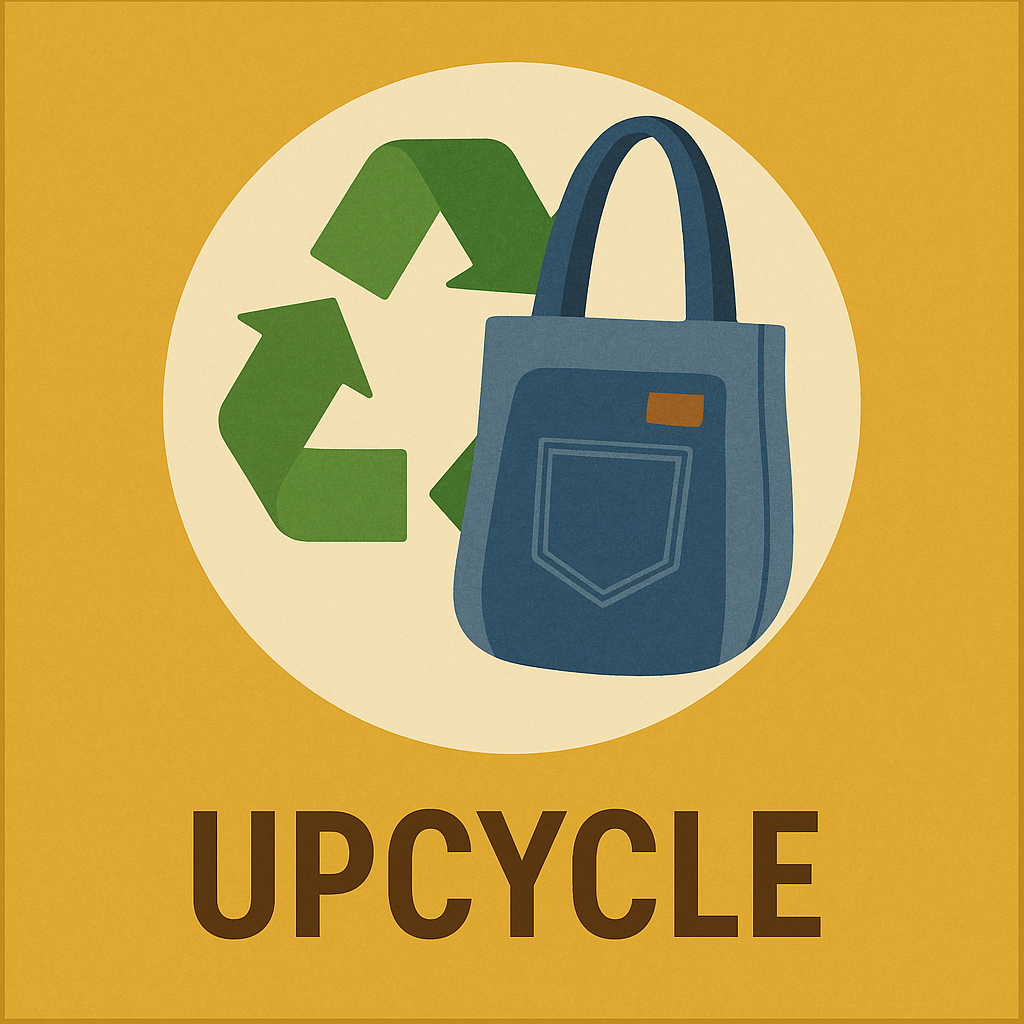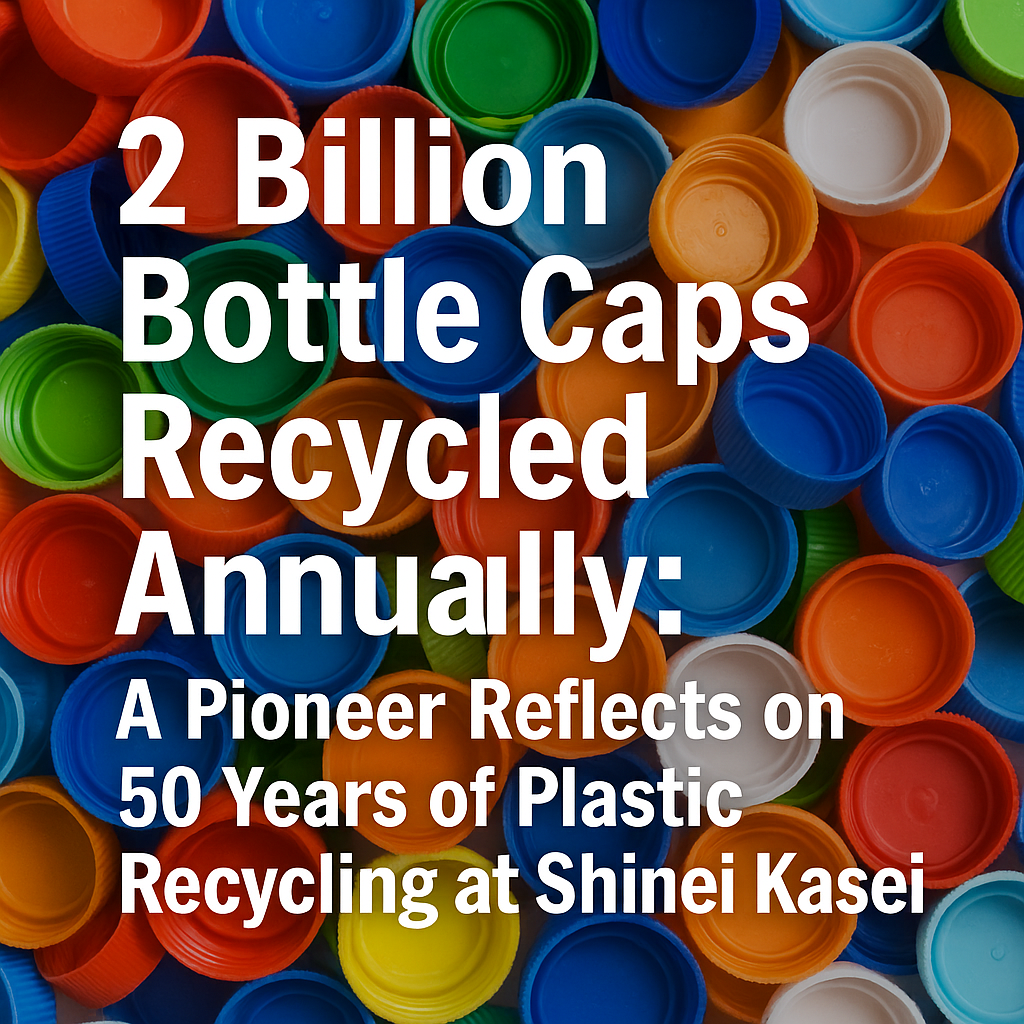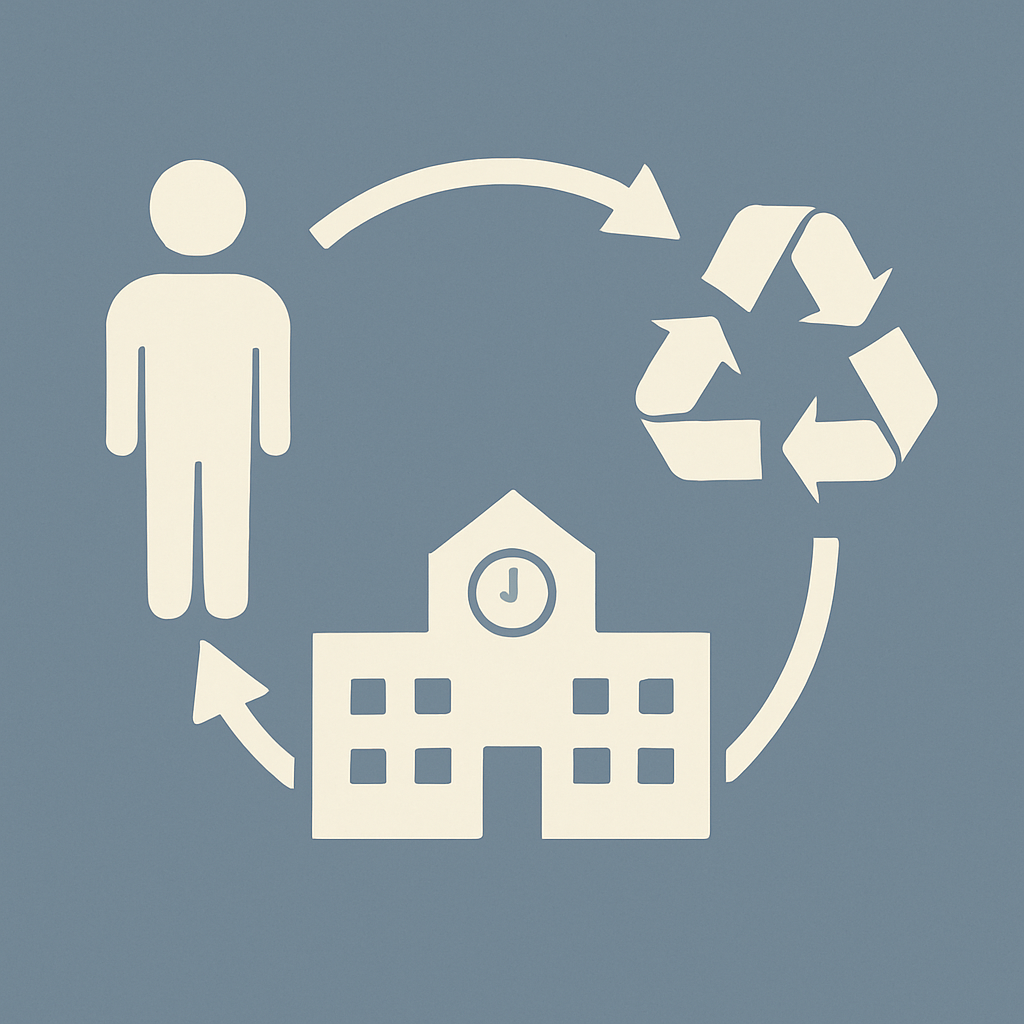Japan is entering a decisive moment in its transition toward a circular economy. At the forefront of this movement is Professor Eiji Hosoda, a leading authority on resource policy and sustainability, who serves as Assistant to the President at Tokai University (a private university in Kanagawa Prefecture, near Tokyo). In this interview, moderated by Takiguchi, CEO of the sustainability consulting firm Thomas Co., Ltd., Professor Hosoda shares his insights on Japan’s plastics policy, the challenges of recycling infrastructure, and the future outlook for industry collaboration.
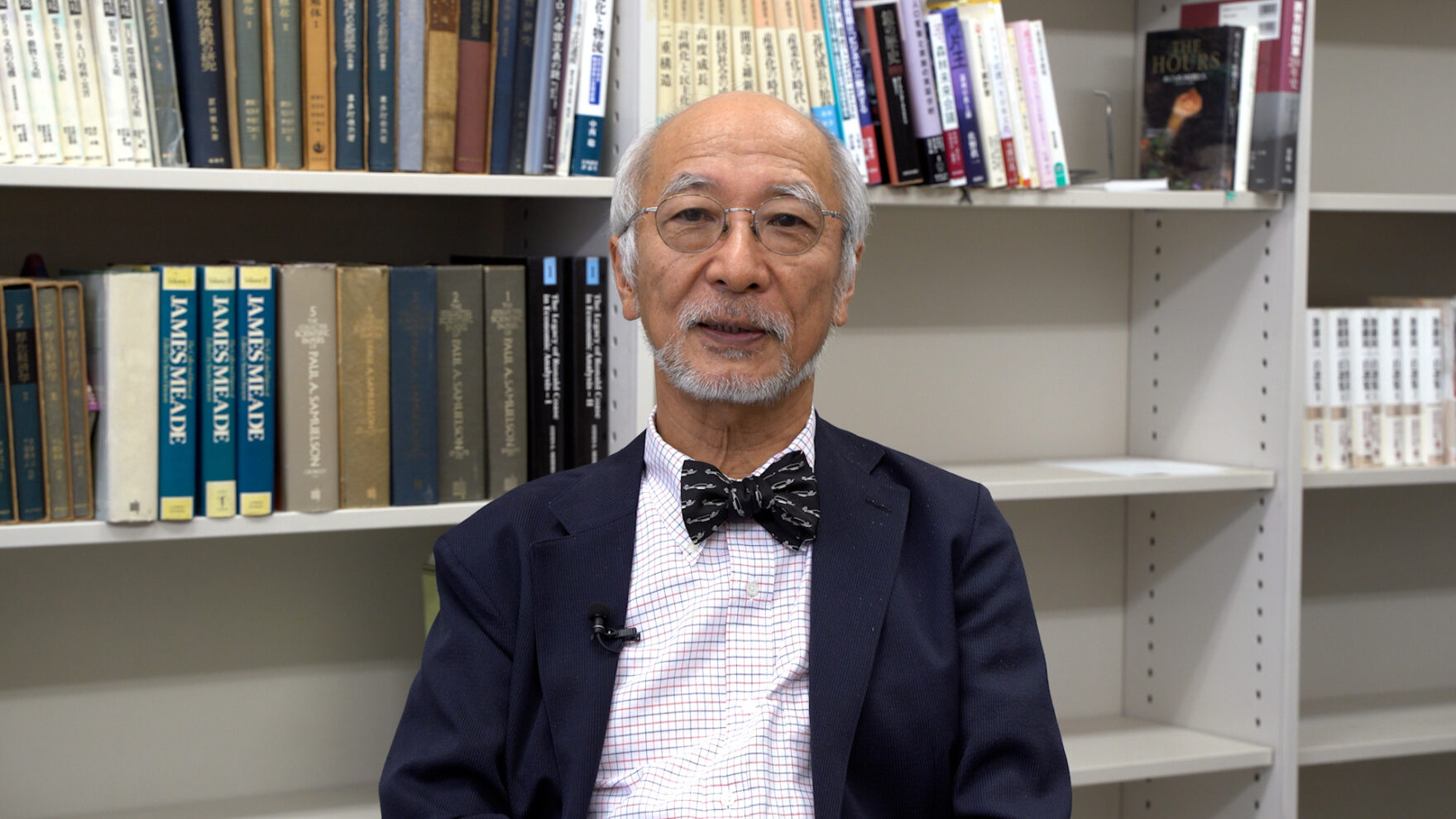
Japan’s Strategy for Plastic Resource Circulation
In recent years, the Japanese government has elevated plastic recycling to the national agenda, linking it to economic security, regional revitalization, and global competitiveness. The 5th Basic Plan for a Circular Society, approved by the Cabinet in 2021, made the “circular economy” an explicit national policy goal.
Professor Hosoda highlights two critical points:
- Low material recycling rates in Japan – While plastics have been collected and processed into flakes or pellets, much of this material has been exported overseas rather than reused domestically. Within Japan, the dominant practice has been thermal recycling (incineration for energy recovery), which is insufficient to address long-term resource security.
- Pressure from EU regulations – The European Union’s upcoming End-of-Life Vehicles (ELV) regulation will require automakers to use 20% recycled plastics, with at least 15% sourced from post-consumer products. This standard will apply to Japanese cars exported to Europe, forcing Japan to accelerate the supply of high-quality recycled plastics.
Despite these pressures, Japan still lacks a robust system for collecting, sorting, and re-manufacturing post-consumer plastics into usable materials for domestic manufacturers. This, Hosoda notes, is a pressing structural challenge.
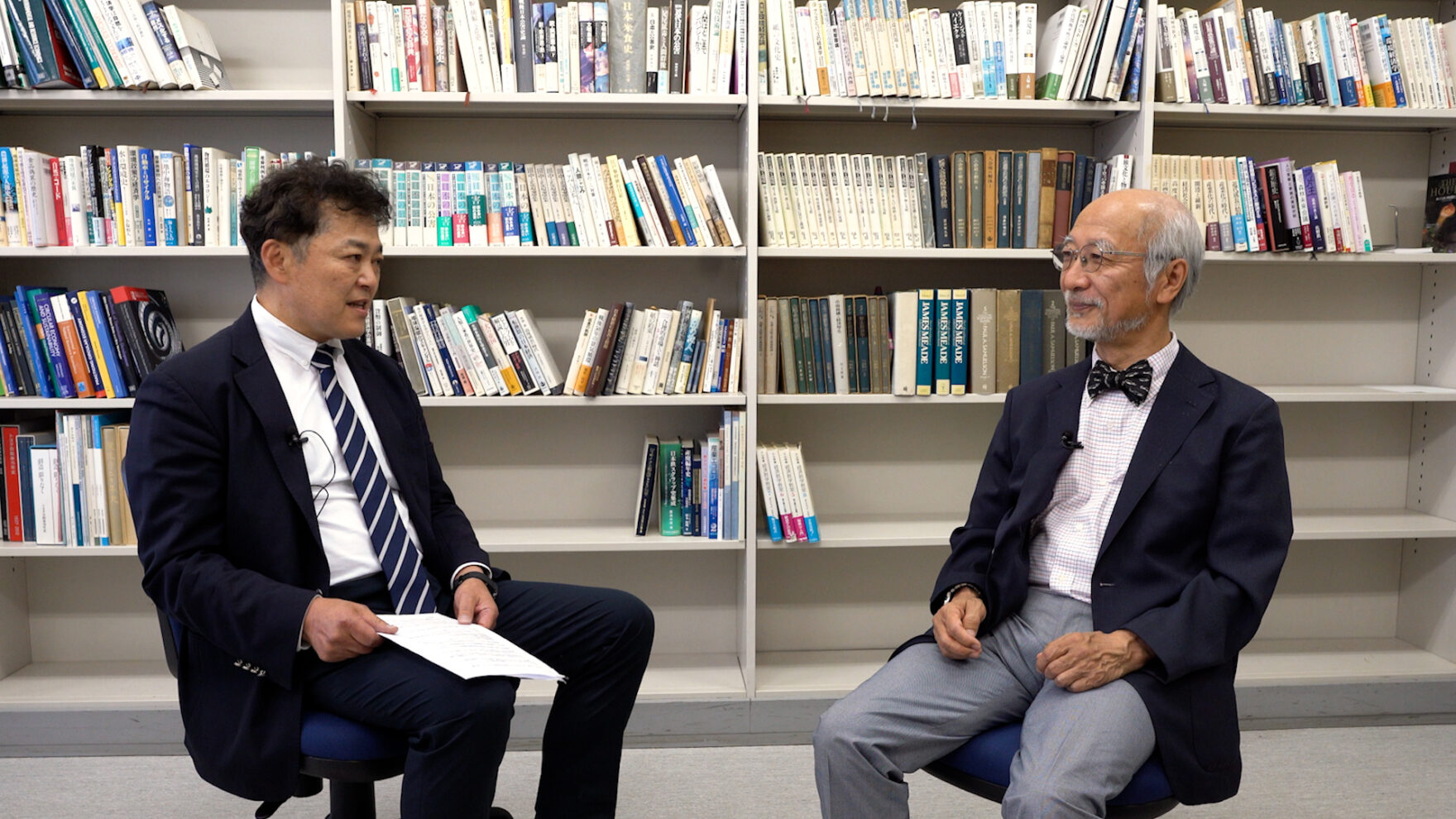
The New Plastics Law and the Debate on EPR
Japan enacted the Act on Promotion of Resource Circulation for Plastics in 2022. However, unlike in Europe, the law did not adopt a full Extended Producer Responsibility (EPR) model.
(EPR shifts the responsibility of post-use collection and recycling from consumers and municipalities to the producers and brand owners of products.)
According to Professor Hosoda, the difficulty lies in the nature of plastics as a material. While EPR works well for products like packaging, electronics, or cars—where responsibility can be clearly assigned to a brand owner—plastics are embedded everywhere, from convenience-store hangers to cleaning-shop bags. Assigning accountability across such diverse applications is complex.
As a result, Japan opted for a lighter framework, imposing shared “responsibilities” on multiple stakeholders rather than binding EPR obligations. Hosoda stresses that while this compromise reflects political and industrial realities, it also limits Japan’s ability to tightly control recycling flows.
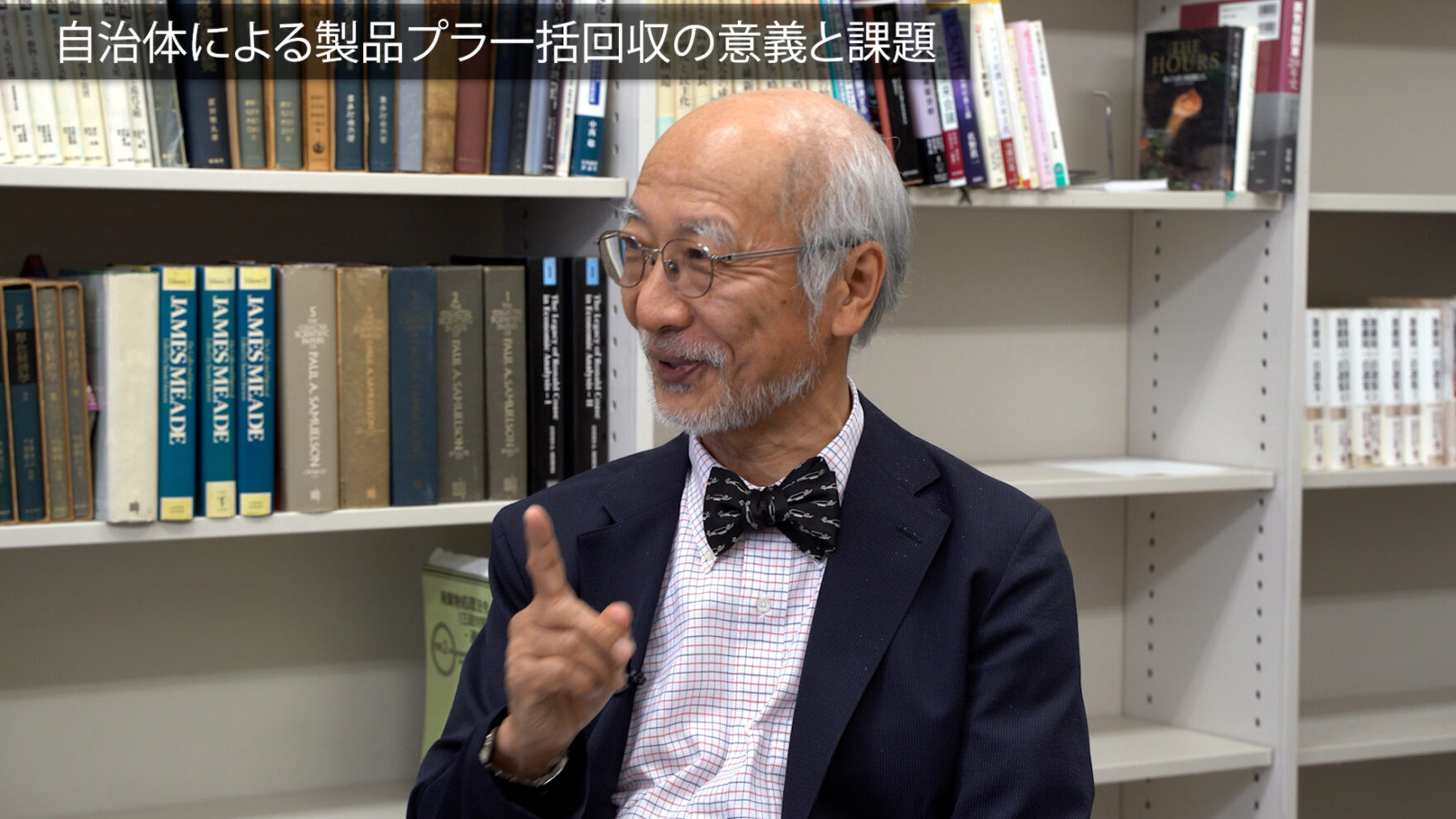
Local Collection Systems: Progress and Pitfalls
Municipal governments play a critical role in Japan’s recycling system. In cities like Yokohama, integrated collection of packaging plastics and product plastics began in 2023. Yet Professor Hosoda points out several challenges:
- Citizen confusion: Residents often struggle to understand why certain plastics (like dry-cleaner bags or hangers) are excluded from recycling categories.
- Uneven recycling performance: PET bottles have developed robust business-to-business (B2B) recycling systems, but most other plastics still lack strong material-recycling markets.
- Infrastructure strain: Sorting centers must now handle a broader mix of plastics, and it is still unclear how effectively they can separate different types for reuse.
Hosoda suggests that Japan needs both better citizen engagement and more advanced sorting technologies to ensure that expanded collection actually translates into effective material recovery.
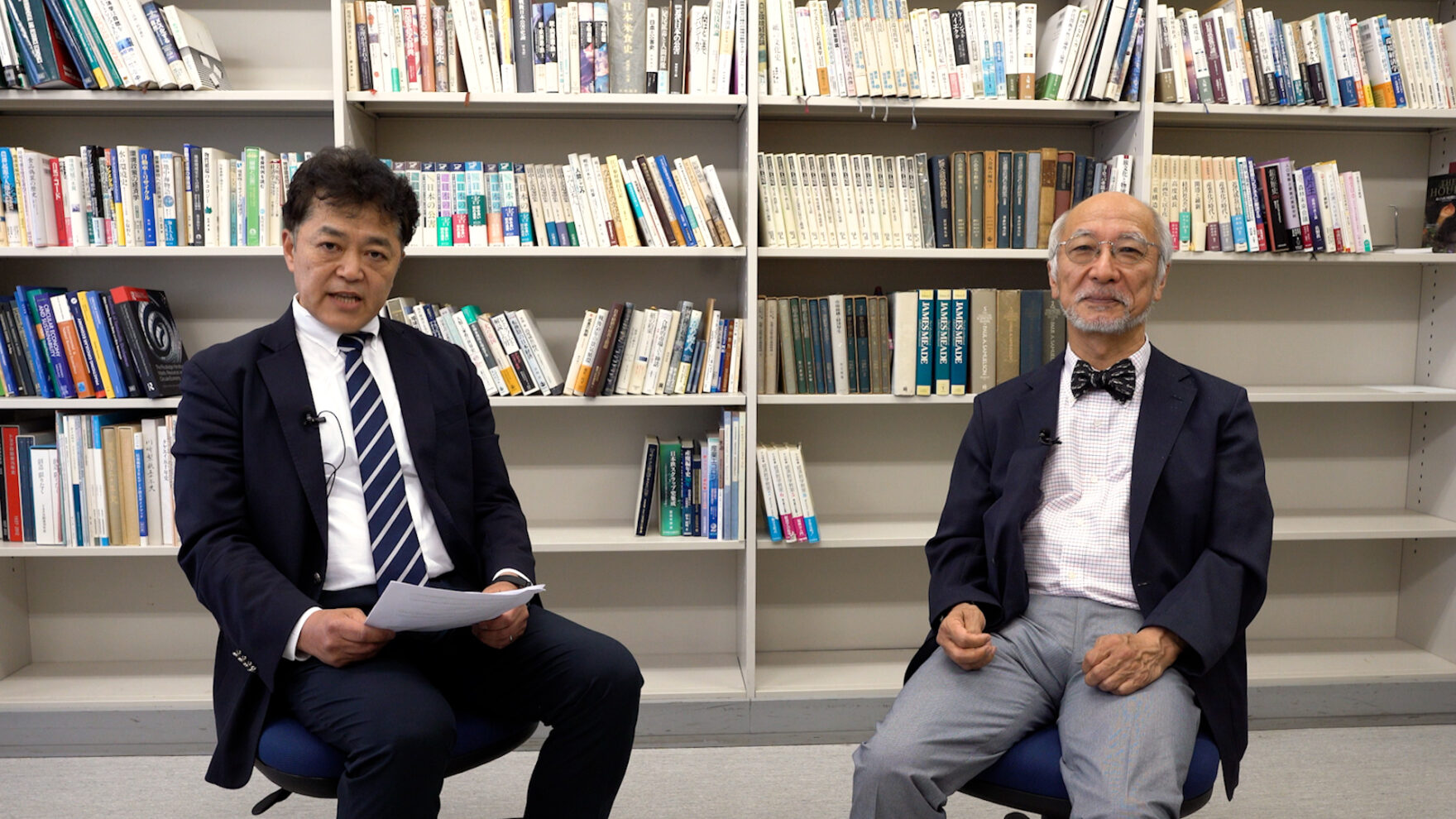
Future Outlook: Collaboration and “Co-Creation”
Looking ahead, Hosoda emphasizes that Japan’s path forward depends on collaboration across industries. The government has launched the Circular Partners Initiative, inviting private companies to develop new models for plastics recycling. But Hosoda stresses that small and mid-sized players—those with decades of on-the-ground expertise in collection, logistics, and processing—must be part of the solution.
He warns of a looming “competition for used plastics.” If automakers, under EU pressure, begin aggressively procuring recycled materials, smaller industries such as food packaging could face shortages—much like how rice shortages for staple food can affect rice crackers and other secondary products.
The solution, Hosoda argues, lies in policy coordination and joint innovation:
- Creating efficient value chains from collection to pelletization and molding.
- Exploring AI-enabled logistics, such as shared transport for recyclables.
- Building a culture of co-creation (“kokuriēshon” in Japanese), where different industries combine their strengths to generate new solutions.
“Working alone is no longer enough,” Hosoda concludes. “We must pool our wisdom and creativity to make plastic resource circulation truly sustainable.”

